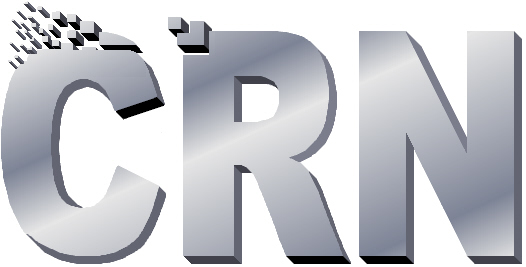Nanoscenarios
 The Center for Responsible Nanotechnology today published eight scenarios exploring differing drivers for the advent of molecular manufacturing. This was the "virtual workshop" series I led earlier this year, and the scenarios reflect the work of over 50 people across six different countries. I wrote the initial drafts of five of the eight narratives.
The Center for Responsible Nanotechnology today published eight scenarios exploring differing drivers for the advent of molecular manufacturing. This was the "virtual workshop" series I led earlier this year, and the scenarios reflect the work of over 50 people across six different countries. I wrote the initial drafts of five of the eight narratives.
I'm particularly happy with a couple of them:
Thirty million dead from the Rot in the US. Today, everyone knows at least one person who had died a horrible death during the pandemic, and most of us know a lot more than that.As soon as it was clear that the Rot was showing up in cargo, collapse was unavoidable. All nations called a quarantine on goods shipped from China. China, suddenly losing its export dollars, called in trillions of dollars in debt from the USA. The US dollar crashed. The credit rating of the United States went through the floor.
If you think about the money, it makes it easier not to think about the corpses.
and
Refugees from ecological disaster zones, surging towards those countries seemingly less-affected by global warming, were met by armed force; nations hit by drought or agricultural collapse no longer regarded it as a temporary problem, and some grabbed the water supplies and farmland of weaker neighbors; those places still producing abundant levels of greenhouse gases came under verbal attack at the UN and in the global media, and the world was treated to the surreal spectacle of the United States (greatest per-capita greenhouse output) and China (greatest total greenhouse output) on the verge of coming to blows over which one was the worst carbon offender.Those tensions came to a boil in 2015 when coordinated acts of sabotage took nearly a hundred Chinese coal-fired power plants offline. The Chinese government blamed the U.S. and put its military on high alert; the American government responded in kind. Fortunately, before either side could launch a preemptive attack, a rural Chinese movement took credit for the sabotage. Beijing was taken by surprise when the resulting crackdown backfired, with some regiments refusing to attack Chinese citizens and others actively joining the movement. A smuggled camphone clip of renegade Chinese military aircraft bombing the nation's largest coal-fired power plant was the top-rated video on YouTube that year.
Believe it or not, both of these have happy endings.






Comments
Will read these. Thanks for the link.
Posted by: csven | December 11, 2007 2:13 PM
I like the acronym for the group that publishes the Openfab Interconnect
Specification version 1.0 in scenario 2.
Posted by: John Markos O'Neill | December 11, 2007 9:12 PM
The scenario in breaking the fever seems to be starting to come true. There is now a climate model showing the arctic could be ice free in the summer of 2013, not 2050 or 2030 but six years from now.
I don't think that the earth having a fever is the right metaphor it should be we have started an avalanche. It seems that we have activated the positive feed back loop in melting sea ice.
Ice reflects most sunlight, sea water abosrbs most of the energy in sunlight, so ice melts - sea water absorbs sunlight and gets warmer, warmer water melts more ice. this feedback loop continues until all of the sea ice melts in the summer. The warmer ocean waters could help melt the permafrost. If the permafrost melts the organic material in the permafrost will add massive amounts of greenhouse gases to the atmosphere. We need to stop thinking about how to stop climate change and start getting people out of harms way,
Posted by: jim moore | December 12, 2007 8:12 PM
Hmm. "Happy" endings, but decidedly nervous as well...
Posted by: Howard Berkey | December 13, 2007 10:08 PM